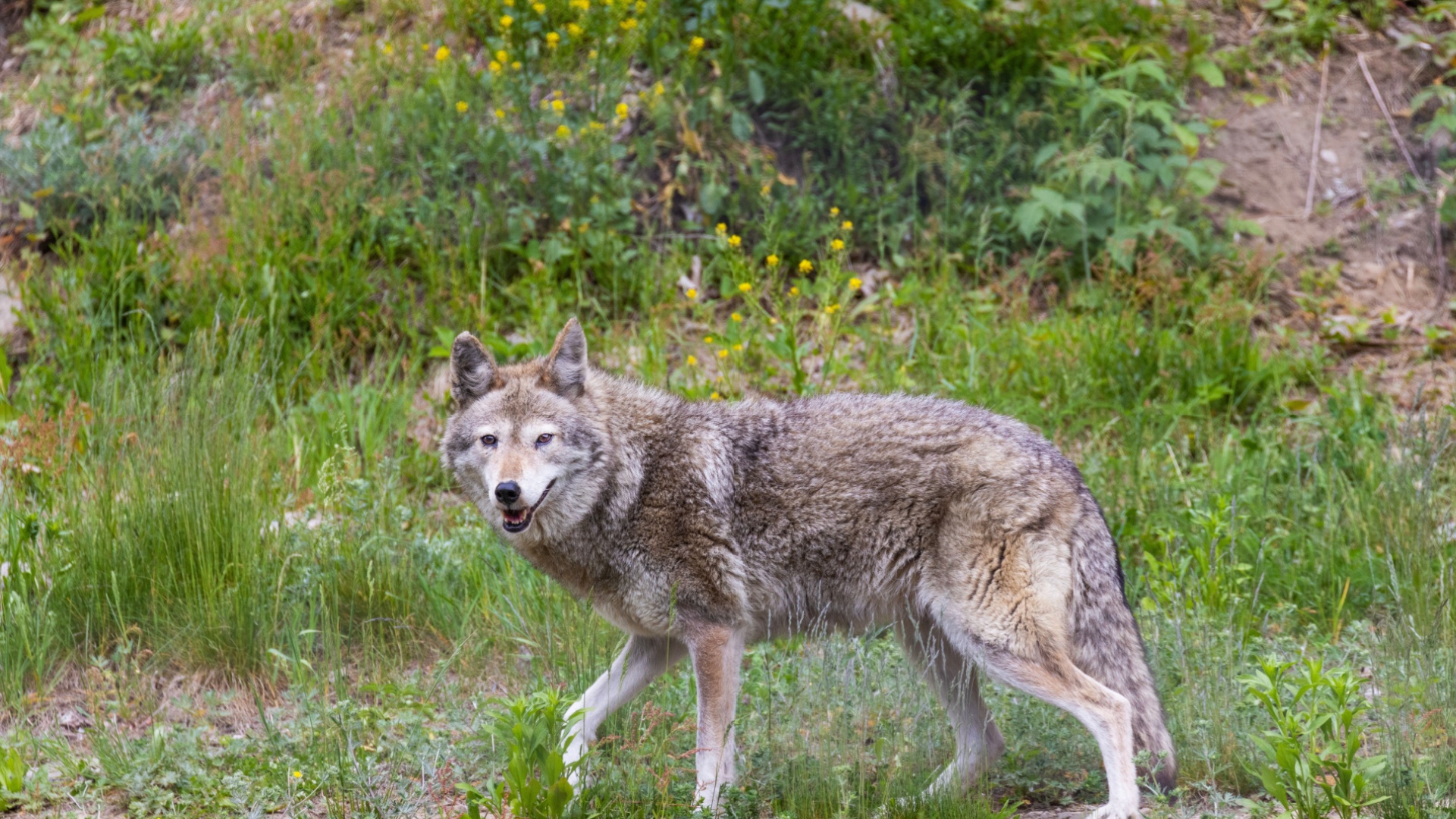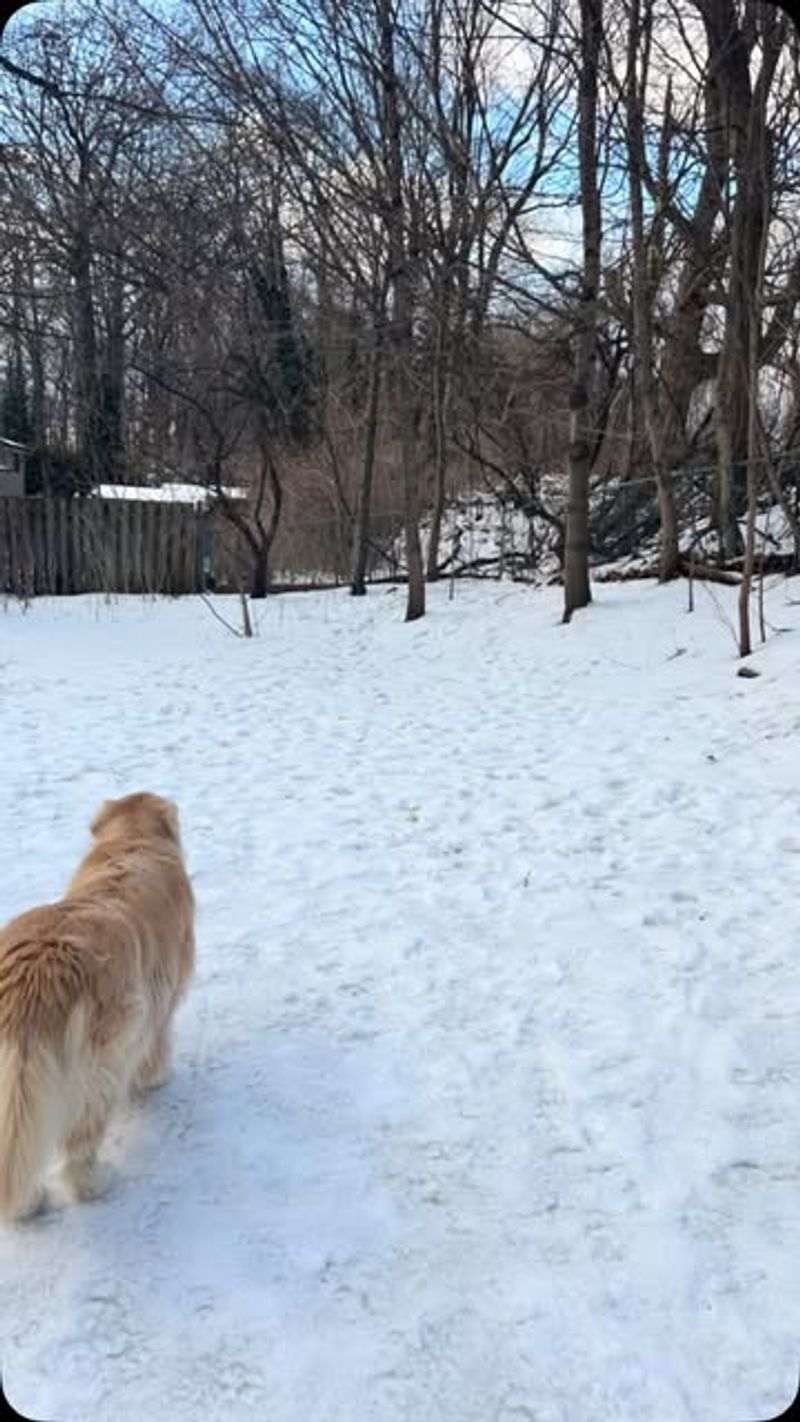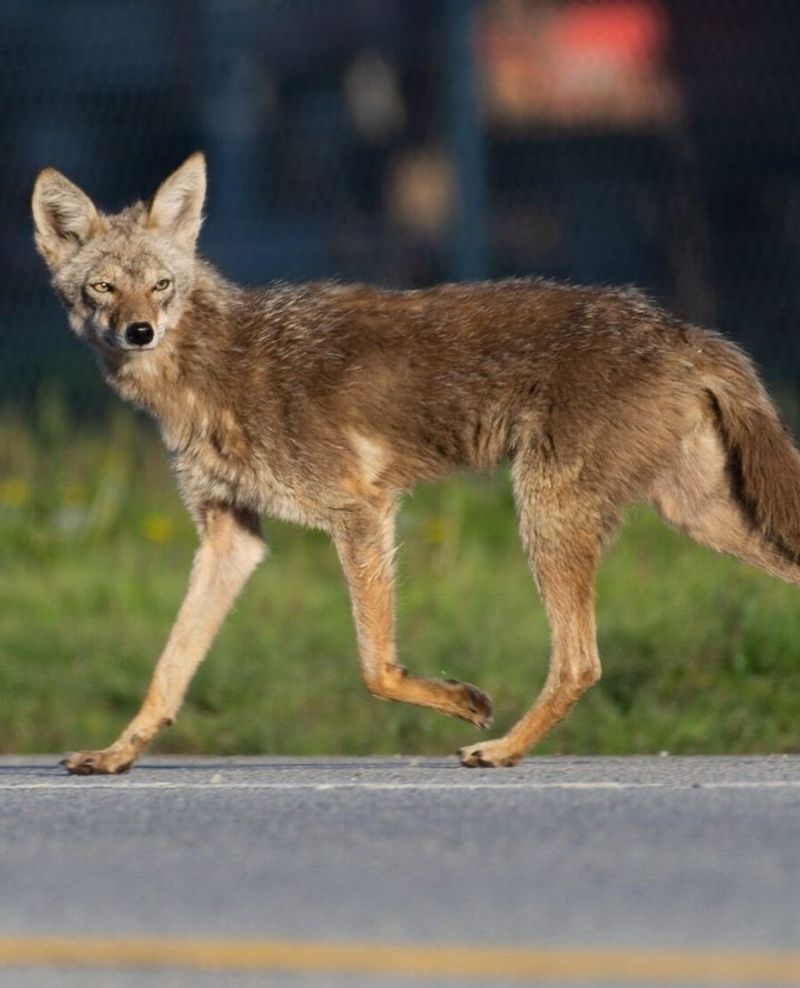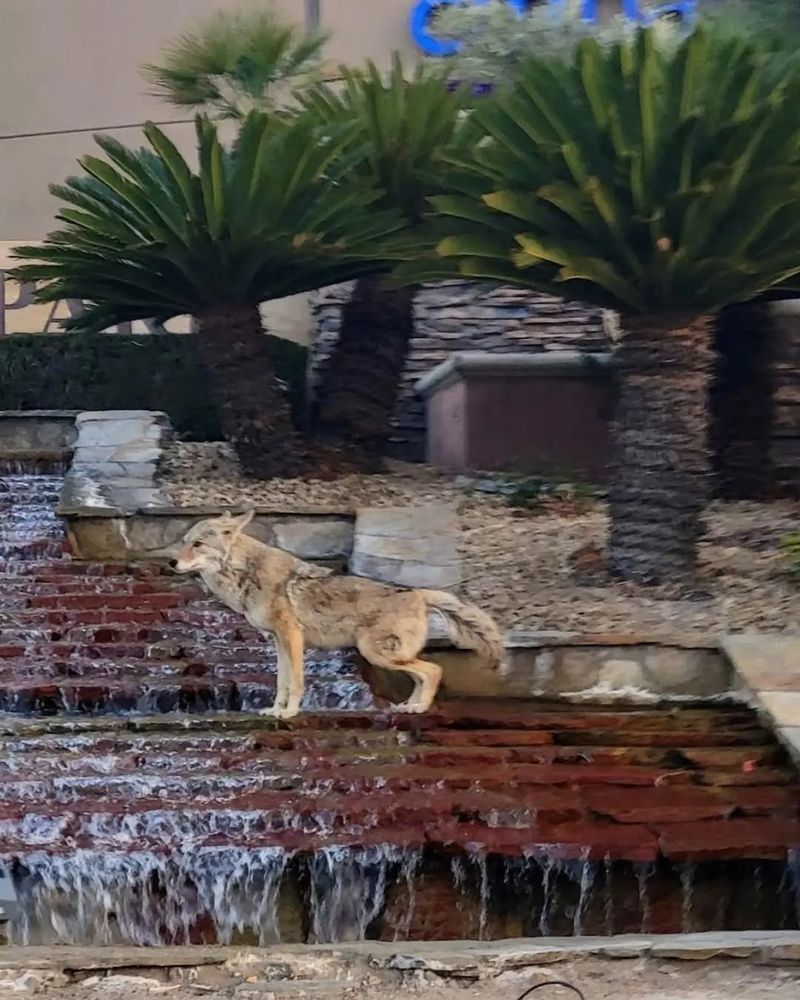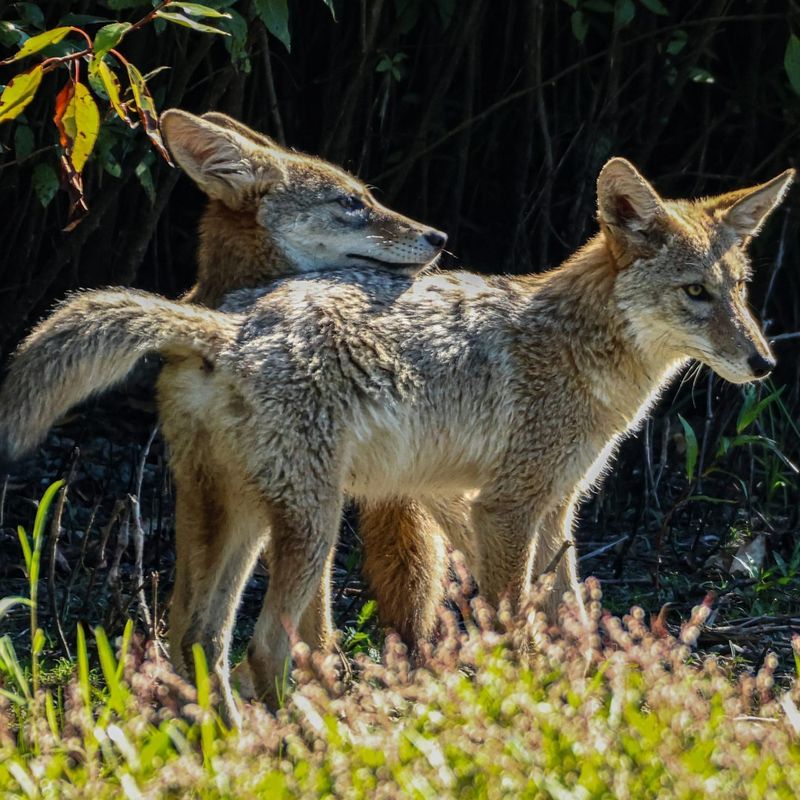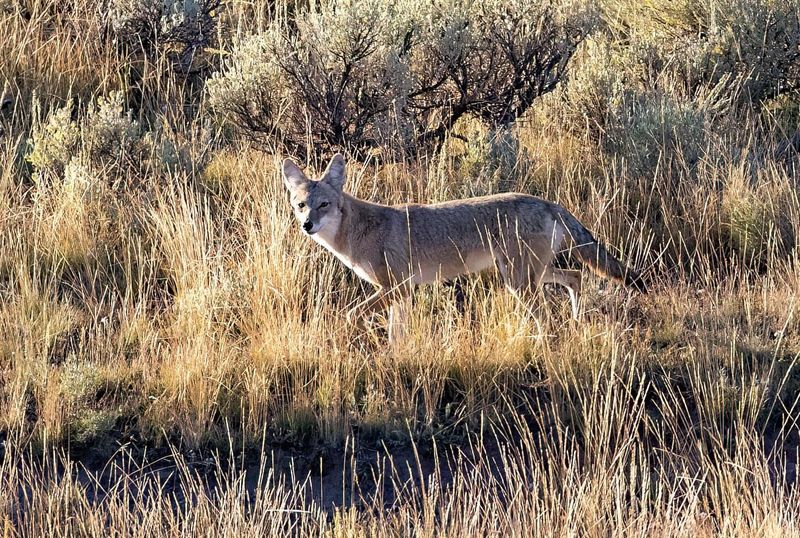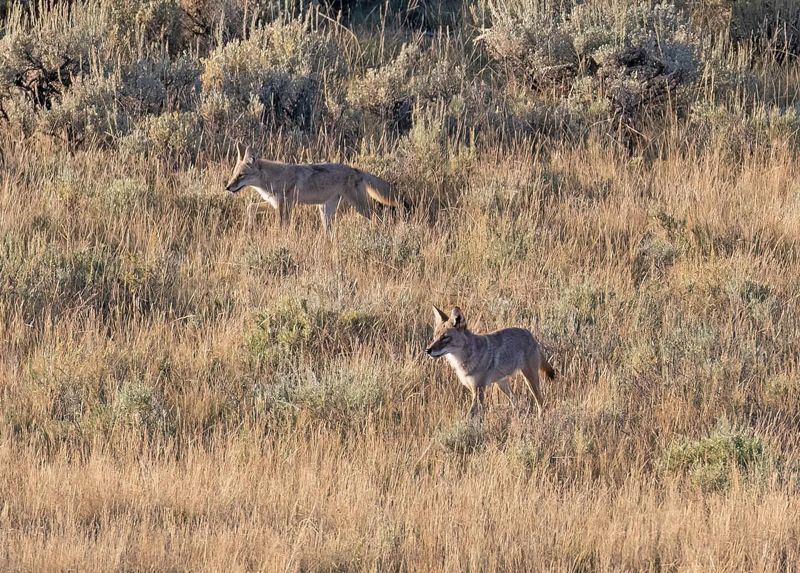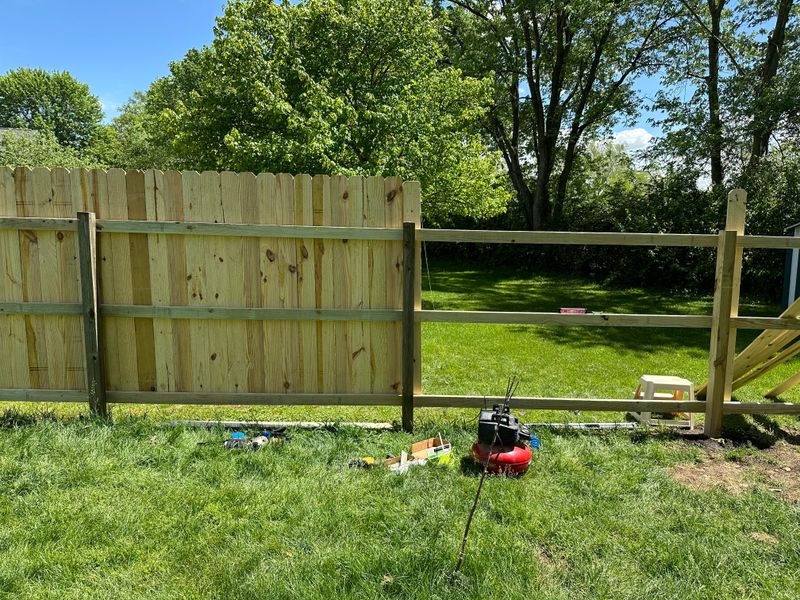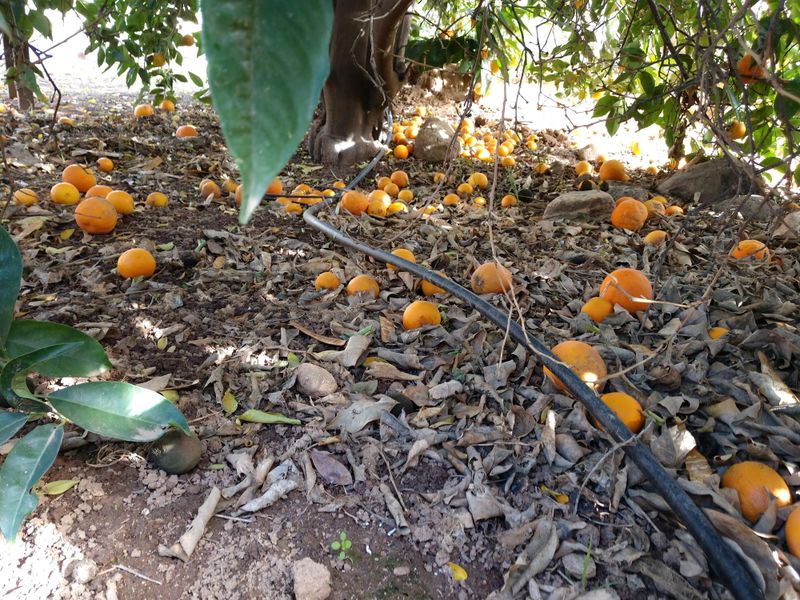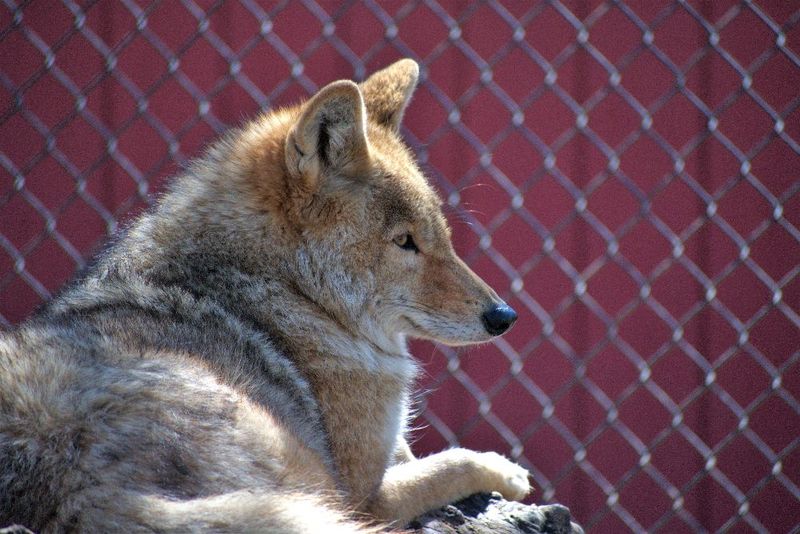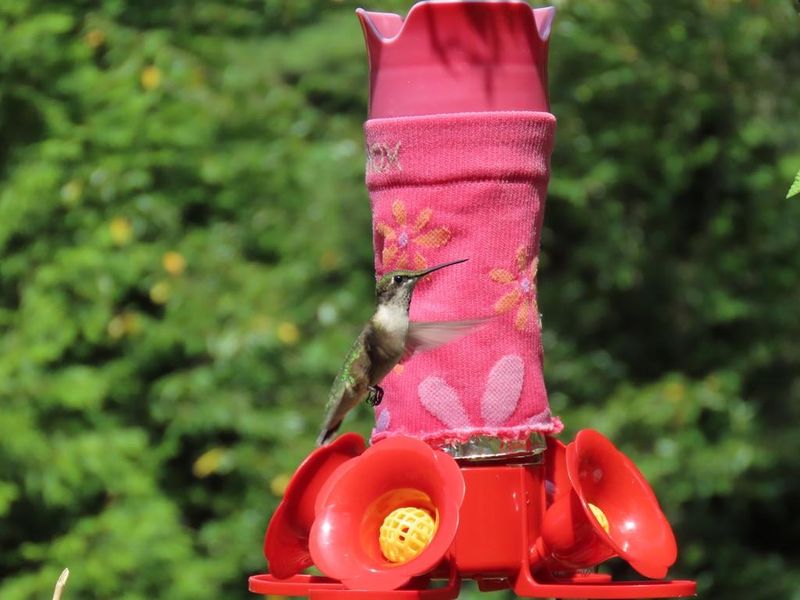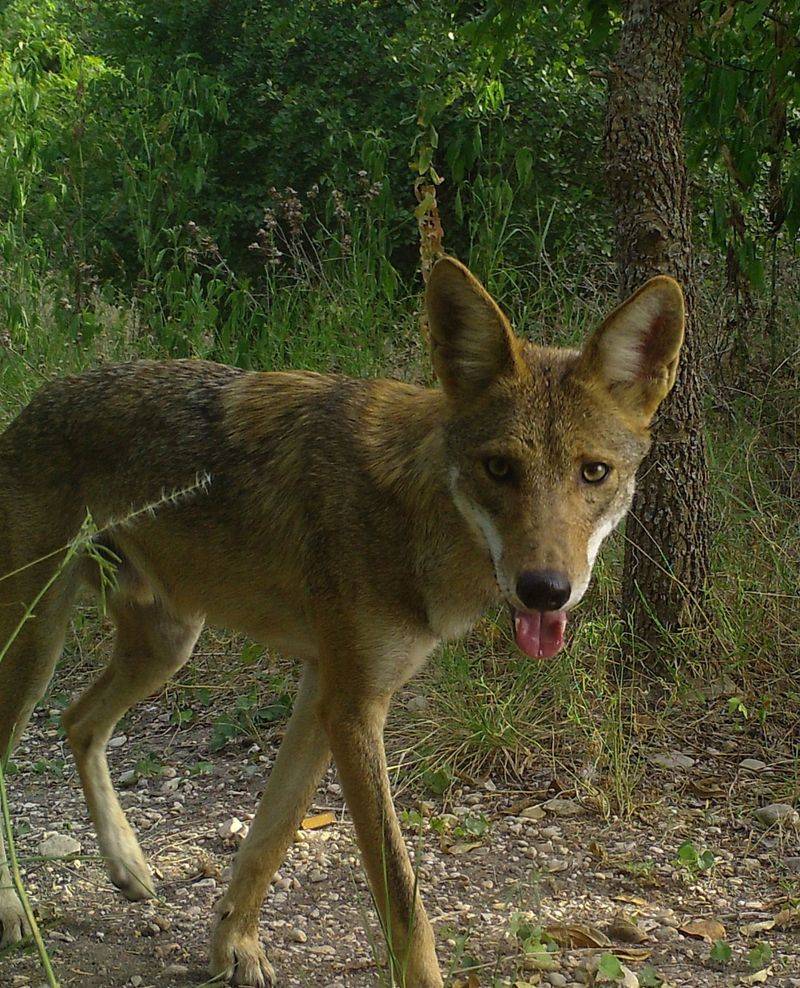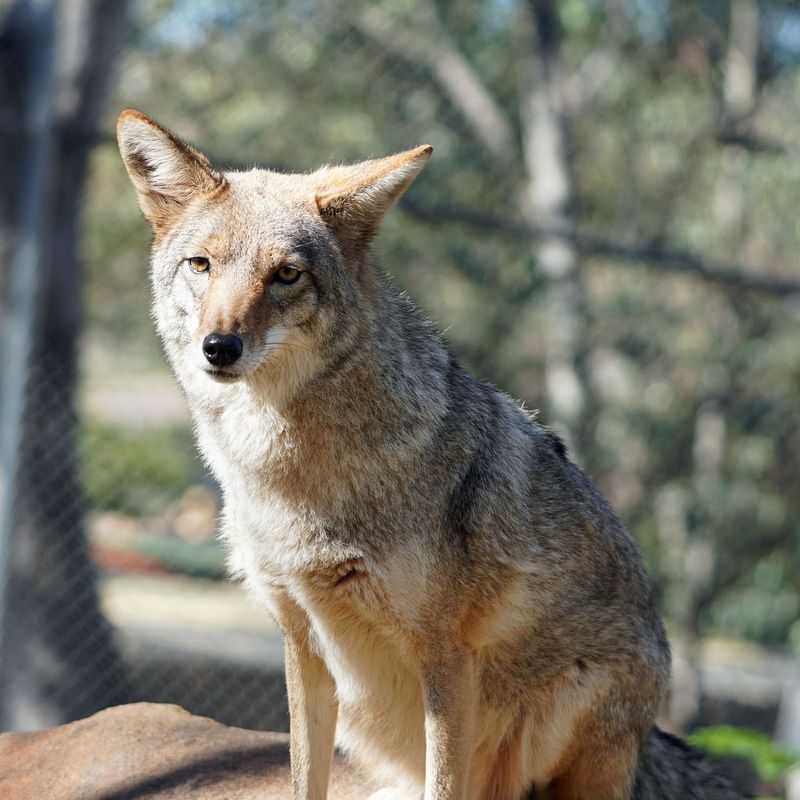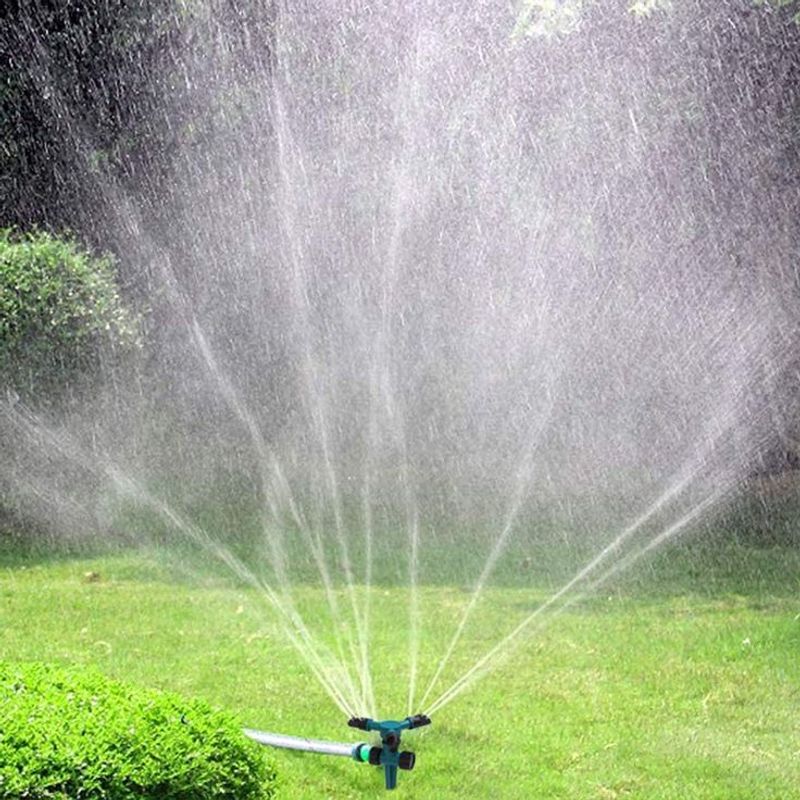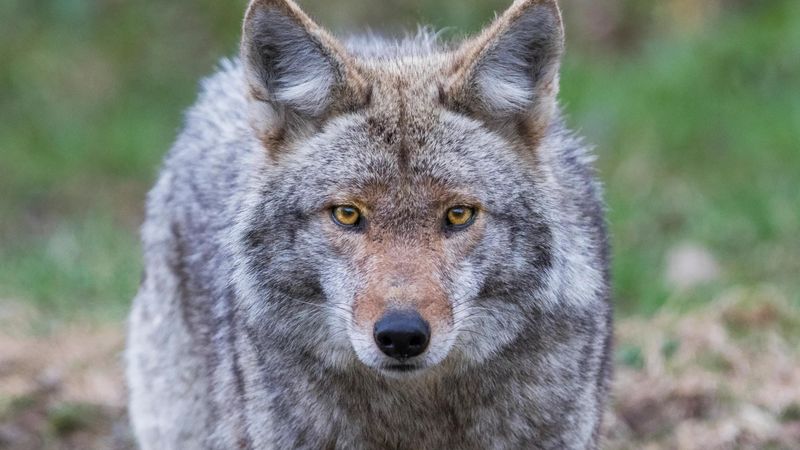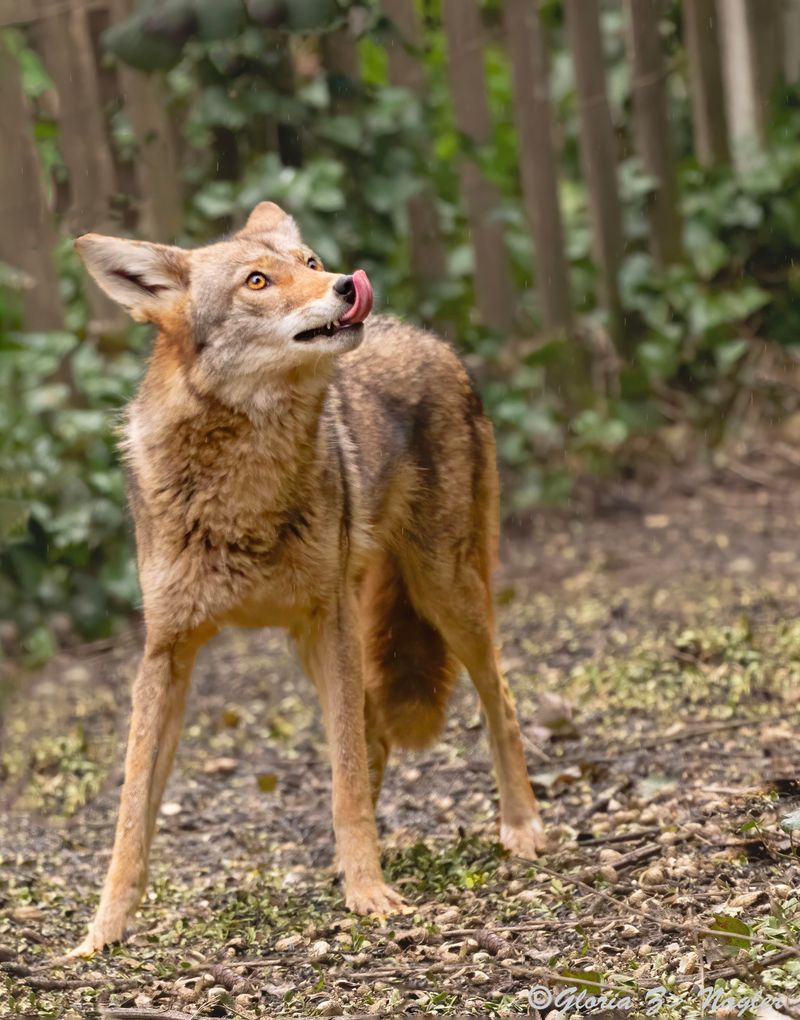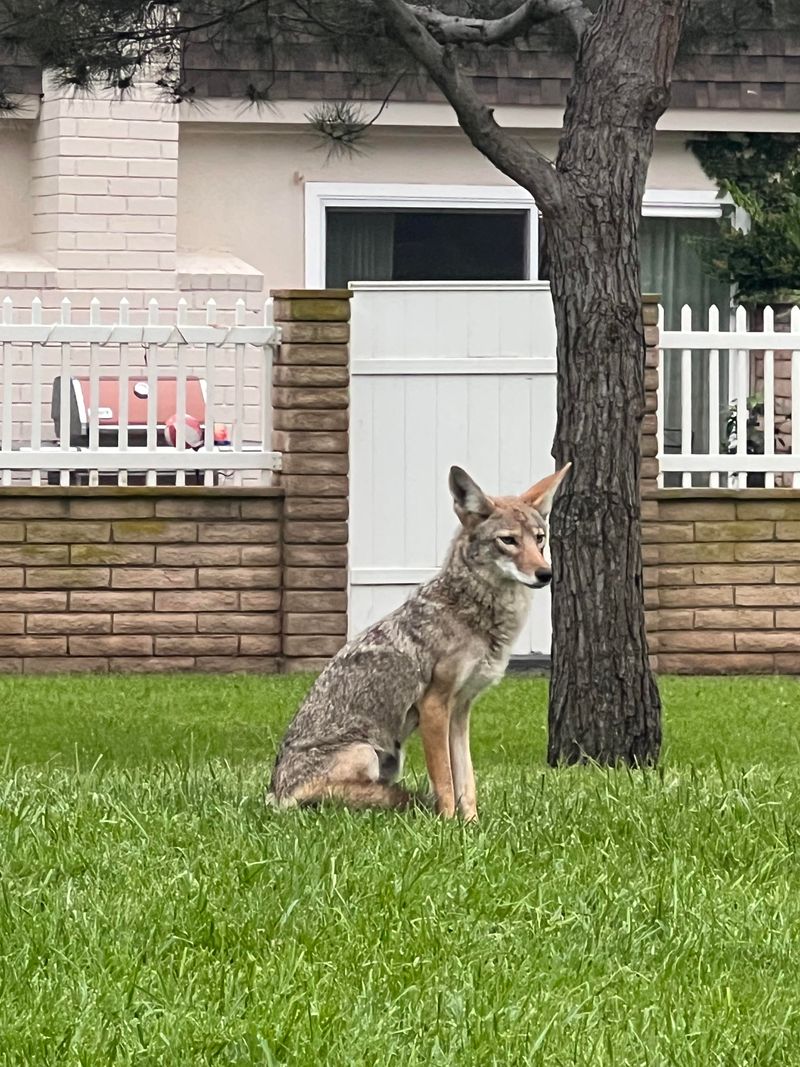Spotting a coyote in your yard can be unsettling—but panicking or doing the wrong thing can make it worse. Whether you live in the suburbs or near open land, coyotes are becoming more common in residential areas.
These 15 smart steps will help you stay safe and protect pets, while the 3 critical “don’ts” can keep you from making a risky situation worse.
1. Make Loud Noises
Coyotes are naturally wary of humans and loud sounds can trigger their flight response. Yell, clap your hands, bang pots together, or blow a whistle to scare them away.
Most coyotes will retreat when confronted with unexpected loud noises. This technique, called ‘hazing,’ teaches them to avoid your property in the future.
Keep noisemakers like small air horns near doors for quick access when needed.
2. Wave Your Arms
Making yourself appear larger can intimidate a coyote. Raise your arms high above your head and wave them while facing the animal directly.
Combined with loud noises, this body language sends a clear message that you’re not prey and that your yard isn’t a welcoming place. Children should be taught this technique as well.
Maintain eye contact during this process to establish dominance.
3. Spray With Water
A blast from a garden hose can be an effective deterrent without causing harm. Coyotes dislike getting wet and will typically run away when sprayed.
Motion-activated sprinklers offer an automatic solution that works even when you’re not home. These devices can detect movement and release a surprising burst of water.
The unexpected spray teaches coyotes that your yard is an uncomfortable place to visit.
4. Secure Your Trash
Garbage is a prime attractant for hungry coyotes. Use wildlife-proof containers with tight-fitting lids or bungee cords to keep them secured.
Store bins in a garage or shed until collection day whenever possible. Avoid putting meat scraps or strongly scented food waste in outdoor compost piles.
Regularly clean your bins to minimize lingering odors that might attract these opportunistic feeders to your property.
5. Remove Pet Food
Outdoor pet dishes are like ringing a dinner bell for coyotes. Feed pets indoors or bring dishes inside immediately after meals to avoid attracting unwanted wildlife.
Even the scent of pet food can draw coyotes to your property. Wash outdoor food bowls thoroughly after use to minimize lingering smells.
Consider scheduled feeding times rather than leaving food available all day, which reduces the chance of attracting predators.
6. Supervise Small Pets
Small dogs and cats can look like prey to hungry coyotes. Always accompany small pets outdoors, especially during dawn and dusk when coyotes are most active.
Use a leash when walking dogs in areas known to have coyote populations. Extendable leashes may not provide enough control in case of an encounter.
Scan your yard before letting pets out, particularly in areas with dense vegetation where coyotes might hide.
7. Install Motion-Activated Lights
Sudden bright lights can startle coyotes and discourage them from entering your yard. Motion-activated lighting systems create an unwelcoming environment for these nocturnal hunters.
Position lights to cover entry points around your property perimeter. Solar-powered options make installation easy even in areas without electrical outlets.
The unexpected illumination disrupts a coyote’s hunting routine and increases their sense of exposure and vulnerability.
8. Clear Brush and Overgrowth
Dense vegetation provides hiding spots for coyotes. Regularly trim bushes, remove woodpiles, and clear overgrown areas to eliminate potential shelter.
Coyotes prefer to stay hidden while stalking prey or resting. By maintaining an open landscape with good visibility, you make your yard less appealing to these secretive animals.
Focus especially on areas along fences and property boundaries where coyotes might attempt to den or hide.
9. Install Proper Fencing
Coyotes can jump fences up to six feet high and dig underneath barriers. Effective fencing should be at least six feet tall with a roll bar or wire at the top to prevent climbing.
Extend the fence at least 12 inches underground or install an L-shaped mesh apron along the bottom pointing outward to prevent digging. Chain link fences alone won’t deter determined coyotes.
Regular inspection of your fence line helps identify and repair potential entry points before they become problems.
10. Pick Up Fallen Fruit
Fallen fruit from trees attracts small animals like rodents, which in turn attract coyotes looking for an easy meal. Regularly collect fallen fruit from your yard to break this food chain.
Even fruit you might not consider edible can be attractive to wildlife. Crabapples, ornamental plums, and berries should all be cleaned up promptly.
Consider harvesting fruit trees completely rather than allowing excess to drop and rot on the ground.
11. Use Coyote Repellents
Commercial repellents containing predator urine or other scents can create a boundary coyotes prefer not to cross. Apply these products around the perimeter of your yard according to manufacturer instructions.
Some gardeners report success with homemade repellents using wolf urine, ammonia-soaked rags, or garlic spray. These need frequent reapplication, especially after rain.
Remember that repellents work best as part of a comprehensive strategy rather than as a standalone solution.
12. Maintain Bird Feeders Properly
Bird feeders attract squirrels and other small animals that coyotes hunt. Position feeders away from ground level and install catch trays to prevent seed accumulation below.
Regularly clean up spilled seed that might attract rodents. Consider bringing feeders in at night when coyotes are most active and small animals are vulnerable.
If coyotes are frequently spotted in your area, temporarily removing bird feeders might be necessary until the situation improves.
13. Contact Local Wildlife Services
Professional wildlife management experts can provide area-specific advice for dealing with persistent coyote problems. They may offer removal services if an animal shows aggressive behavior or appears sick.
Keep contact information for your local animal control or wildlife agency readily available. Document coyote sightings with photos, dates, and behavior notes to help authorities assess the situation.
Many communities have coyote management plans already in place that these professionals can implement.
14. Educate Your Neighbors
Coyotes patrol large territories, so neighborhood-wide efforts are more effective than individual actions. Share information about coyote deterrence with neighbors to create a consistent approach throughout your area.
Consider organizing a community meeting with local wildlife experts. Unified neighborhoods that all practice proper garbage management and pet supervision see better results in reducing coyote encounters.
Create a neighborhood watch system to alert each other when coyotes are spotted in the area.
15. Install Motion-Activated Sprinklers
Specialized sprinkler systems that activate when they detect movement can surprise and deter coyotes without constant monitoring. The sudden spray of water creates an unpredictable environment that coyotes prefer to avoid.
These devices conserve water by operating only when triggered by movement. Position them to cover common entry points to your yard or areas where coyotes have been spotted previously.
Some models allow you to adjust sensitivity to prevent activation by smaller animals like birds or squirrels.
16. DON’T Feed Coyotes
Intentionally feeding coyotes is dangerous and teaches them to associate humans with food. Once this association forms, coyotes lose their natural wariness and may become bold or aggressive around people.
Even indirect feeding through unsecured garbage or pet food creates problems. Coyotes that rely on human-provided food often stop hunting natural prey and become permanent fixtures in neighborhoods.
In many areas, feeding wildlife like coyotes is illegal and subject to significant fines.
17. DON’T Run Away
Running triggers a coyote’s chase instinct and positions you as prey in their eyes. Even though your instinct might be to flee, stand your ground and use hazing techniques instead.
Maintain eye contact and back away slowly if you need to create distance. Running could provoke a chase response even from coyotes that weren’t initially threatening.
Teach children this important safety rule as they may naturally want to run when frightened by wildlife.
18. DON’T Approach or Corner Them
Coyotes are wild animals that may become defensive when threatened. Never approach, attempt to pet, or corner a coyote, even if it appears friendly or injured.
A cornered coyote may feel it has no escape route and resort to defensive aggression. Always leave the animal an obvious path to retreat away from your home and family.
If you spot an injured coyote, call animal control or wildlife services rather than attempting to help yourself.

